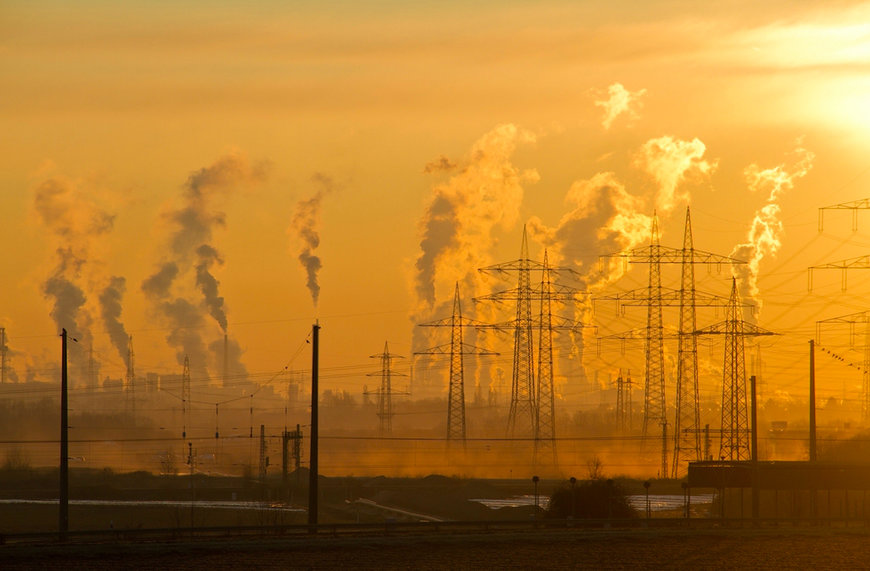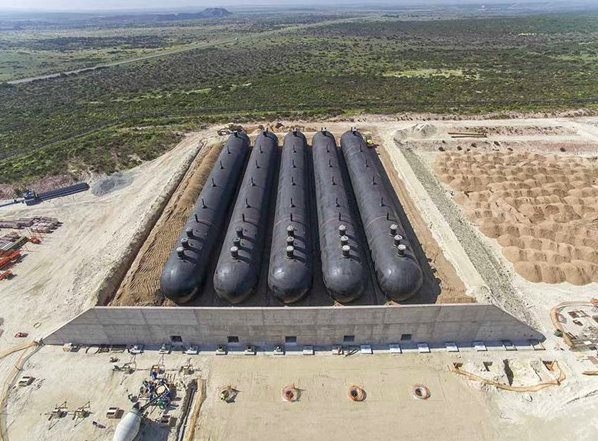www.industryemea.com
02
'23
Written on Modified on
Key considerations for intrinsically safe ICCP systems
Ian Loudon international sales and marketing manager at Omniflex, discusses the best practices for using CP systems in hazardous environments, such as those found in South Africa's Sunrise Energy project.

Cathodic protection (CP) systems are used to protect critical infrastructure from corrosion on projects globally. Although designing CP systems can often be a simple task, it gets much more complicated if the system is intended for use in hazardous environments housing volatile materials where excess voltages and currents could spark a major explosion. Therefore, all systems designed for these areas must be intrinsically safe and comply with relevant safety standards.
Located in Saldanha Bay, South Africa, Sunrise Energy is Africa’s largest open-access Liquified Petroleum Gas (LPG) import terminal. By enabling the import of LPG in large quantities, it advances the province’s oil and gas sector by boosting regional energy security and downstream competition.
On large scale LPG projects like this, it is vital that CP systems are used to protect structures against corrosion. Normally, after being installed, CP systems are left to operate manually monitored periodically, especially when they are used on structures that are underground or submerged in water. This is the case in the Sunrise Energy project, which houses up to 5,500 metric tonnes of explosive LPG stored in underground bullets that are protected using impressed current cathodic protection (ICCP).
Because of the hazardous nature of the operating environment, the ICCP system used must be intrinsically safe, complying with IEC 60079 standards. Furthermore, because the storage bullets are stored underground and difficult to access regularly for inspections, the system must have remote monitoring capabilities to ensure ongoing protection.
Safety first
Crucially, because of the risk of explosions occurring, all CP systems operating in hazardous areas must be intrinsically safe. This provides reassurance that the electrical equipment can operate safely in these settings by limiting the amounts of electrical and thermal energy available as a potential ignition source. This is achieved by only allowing low voltages and currents to enter the hazardous area and by preventing any significant energy storage from occurring.

In potentially hazardous environments like those involved in the Sunrise Energy project, where there are large quantities of volatile LPG, the importance of having intrinsically safe CP systems cannot be overstated.
In this scenario, a single spark from a power leak could create an ignition source for a massive explosion that could endanger lives. In South Africa, the IEC 60079 standards define the requirements for electrical equipment in explosive atmospheres. All CP systems in the hazardous area must conform to this as a minimum requirement.
The IECEx international standard governs the installation and use of electrical equipment in explosive atmospheres — all equipment located in hazardous areas must comply. All of Omniflex’s systems are manufactured at its IECEx certified factory in Durban, South Africa. This helps provide customers with reassurance that it understands the challenges associated with designing CP systems for use in hazardous areas and all electrical equipment designed for use in these areas is intrinsically safe.
Remote monitoring
Next, because it’s difficult to physically monitor the CP systems in use, remote monitoring can be used to check performance and system integrity. Remote monitoring of CP systems in this way offers several key benefits for customers. Firstly, as regulations continue to evolve, data accessibility and transparency are more important than ever, and cloud-based remote monitoring platforms provide businesses with a single, easy-to-access repository for all live and historical data.
Secondly, by automatically monitoring and recording data relating to asset performance and system status, all abnormal events, like power outages or system failures, can be reported directly to all relevant personnel without delay. This enables site managers and engineers to act immediately, which leads to significant reductions in maintenance costs as well as avoiding any unnecessary downtime.
Thirdly, the ongoing maintenance costs are lower for enterprises that use remote monitoring technologies to monitor their CP systems. This is because they don’t need to physically inspect difficult-to-access systems, like underground LPG containers, or pay for engineers to conduct routine on-site inspections. Furthermore, the duration of any necessary on-site inspections is lessened because preliminary testing can be done remotely before the visit. This reduces the overall cost and minimizes any disruption caused by the inspections.
The solution Omniflex provided for Sunrise Energy has several key benefits, including automatic regular testing, long-term cloud-based data logging and alarm condition alerts via SMS and email. It was installed in field marshalling panels, with the HMI panel located in the control room allowing full system monitoring and testing.
For more information on intrinsically safe CP systems, or to discuss how Omniflex can help you overcome any challenges your business faces in terms of remote monitoring CP systems, visit www.omniflex.com.
www.omniflex.com

